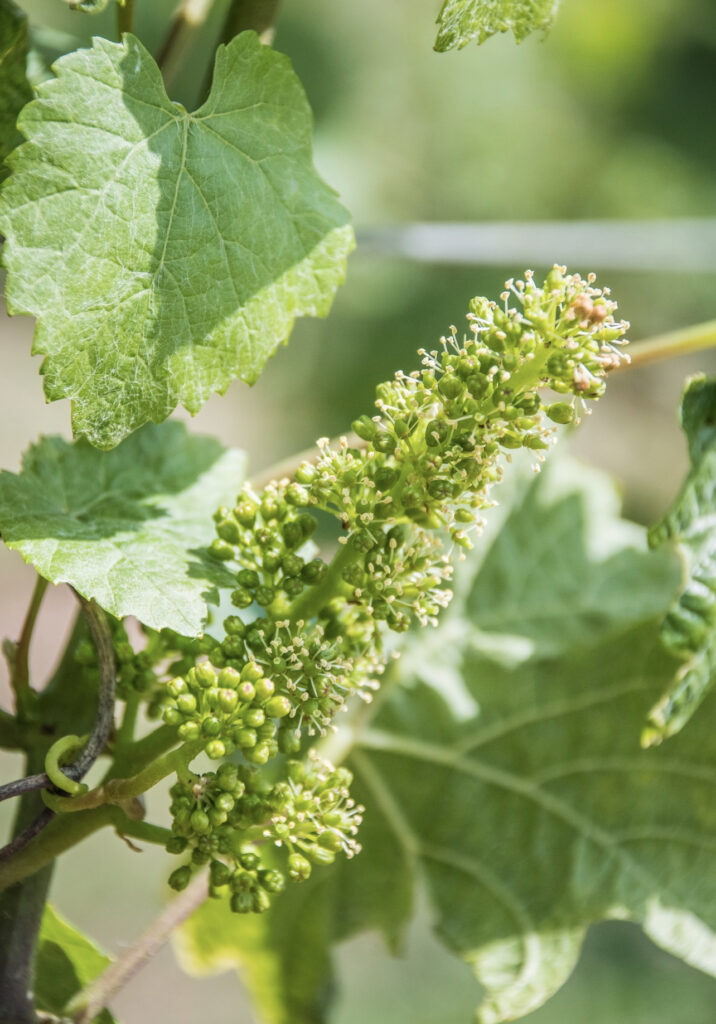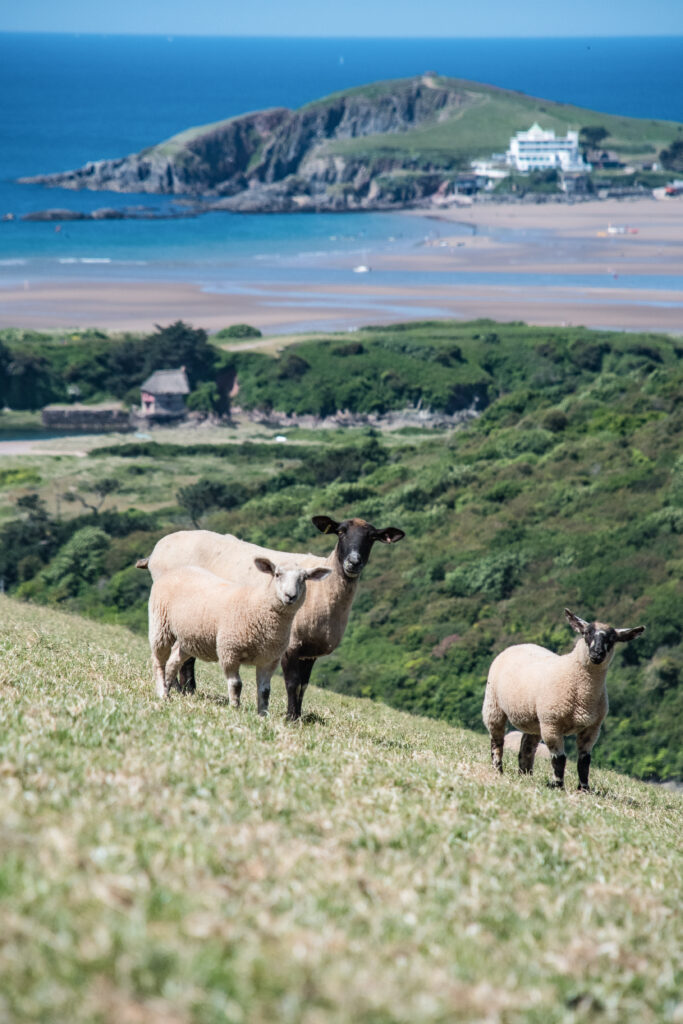Bantham Vineyard

Managing the Estate’s farmland


The entire Bantham Estate is in the South Devon Area of Outstanding Natural Beauty and it is farmed and managed to enhance it’s beauty and attract wildlife.
The Estate’s farmland divides into two parts by the river Avon: the Bigbury side and the Bantham side. Both comprise arable and grassland and are under a combination of demanding stewardship schemes with large areas under Higher Level stewardship or managed organically to Soil Association standards.
The permanent pastures are carefully managed using a variety of methods including strategic grazing by cattle to create an invertebrate rich habitat designed and allow for meadow flowers to thrive. The management is by agreement with Natural England and is carefully monitored to identify the required improvements based on initial surveys and the subsequent proliferation of identified indicator species.
Some of the key species on the estate:
The Estate has a small family shoot with occasional let days. The shoot is managed within the agri-environment schemes that are in place and contributes to the wider ecology and conservation of the farmland with planting and food source for all birdlife on both sides of the estuary.